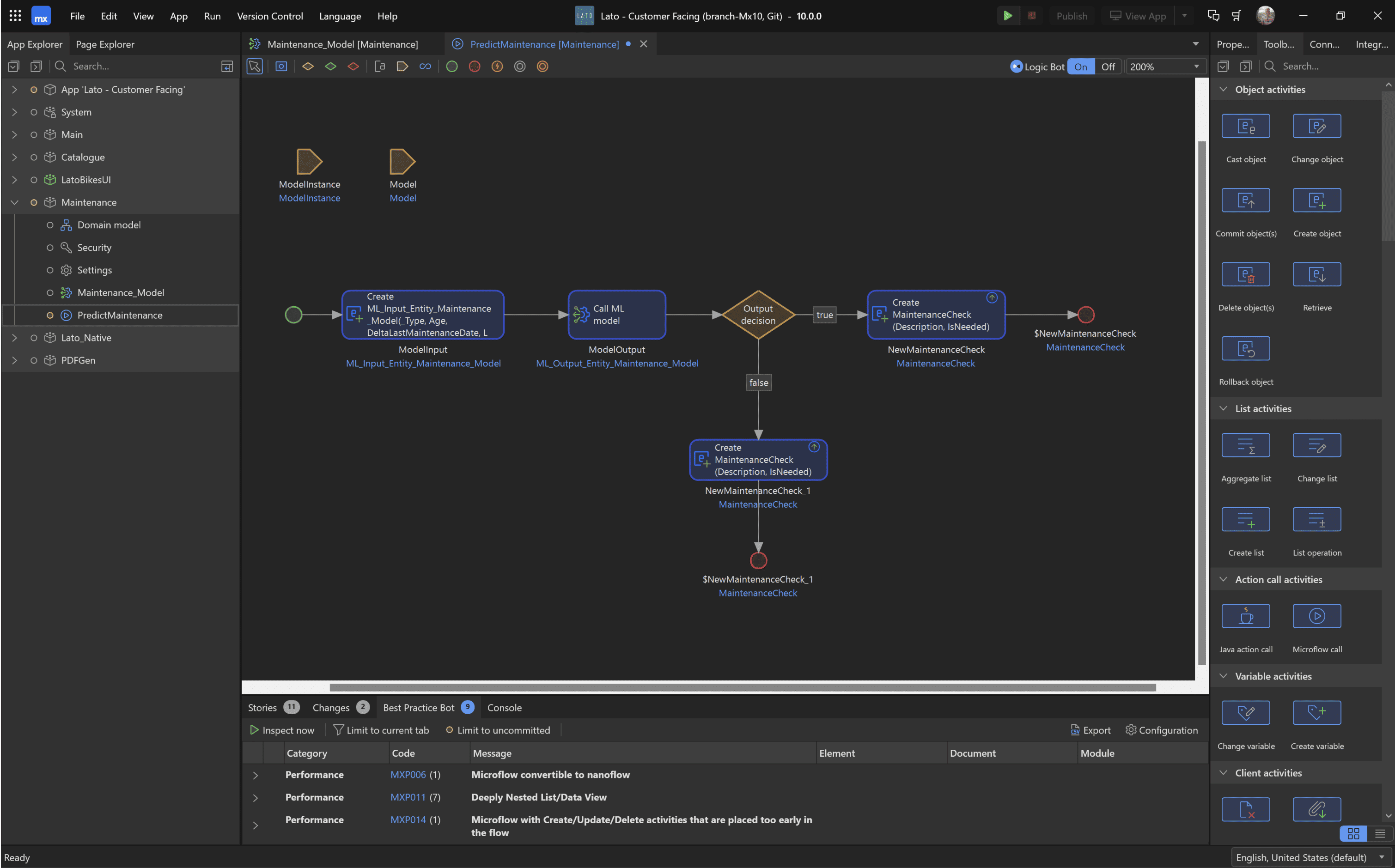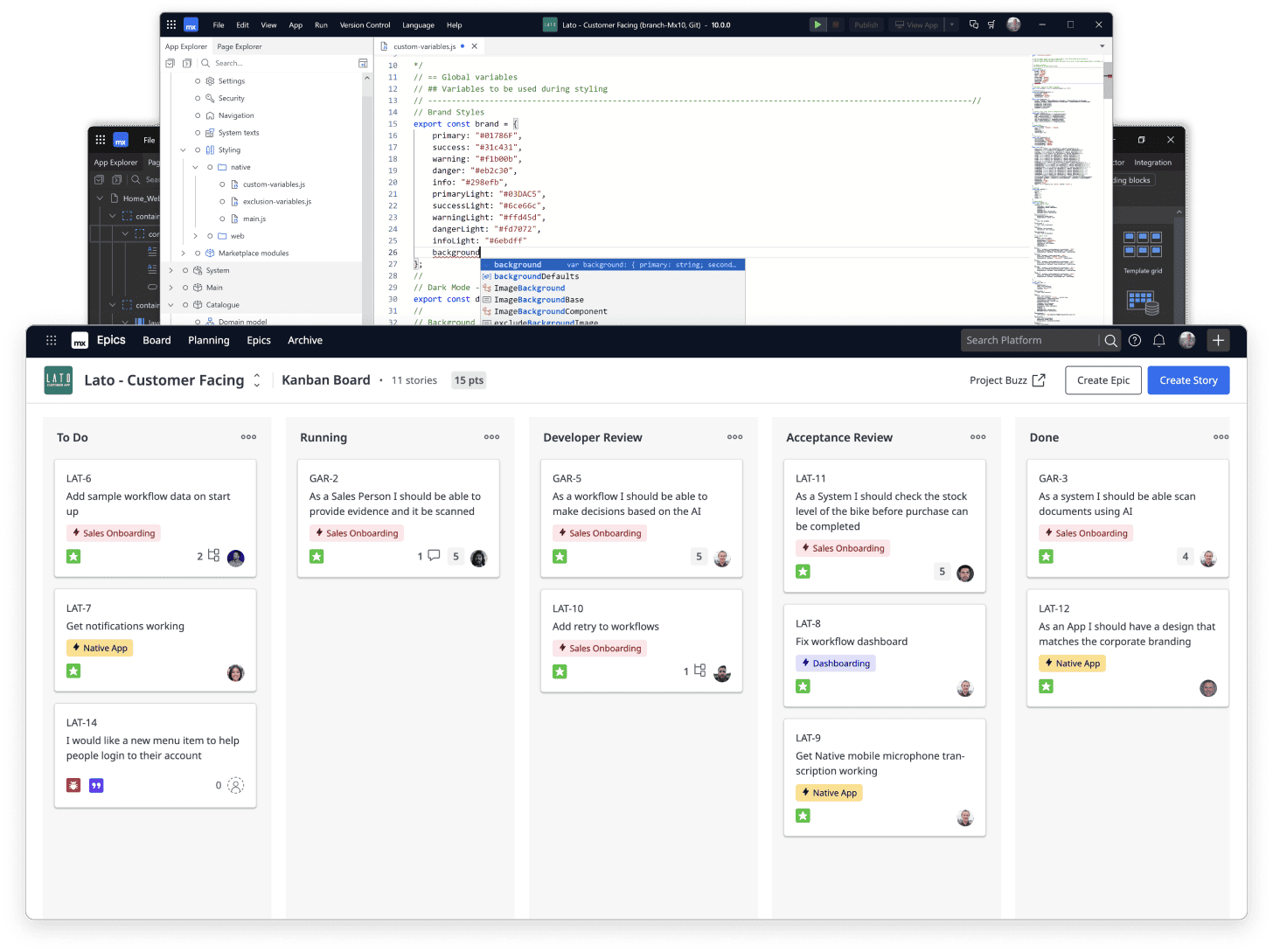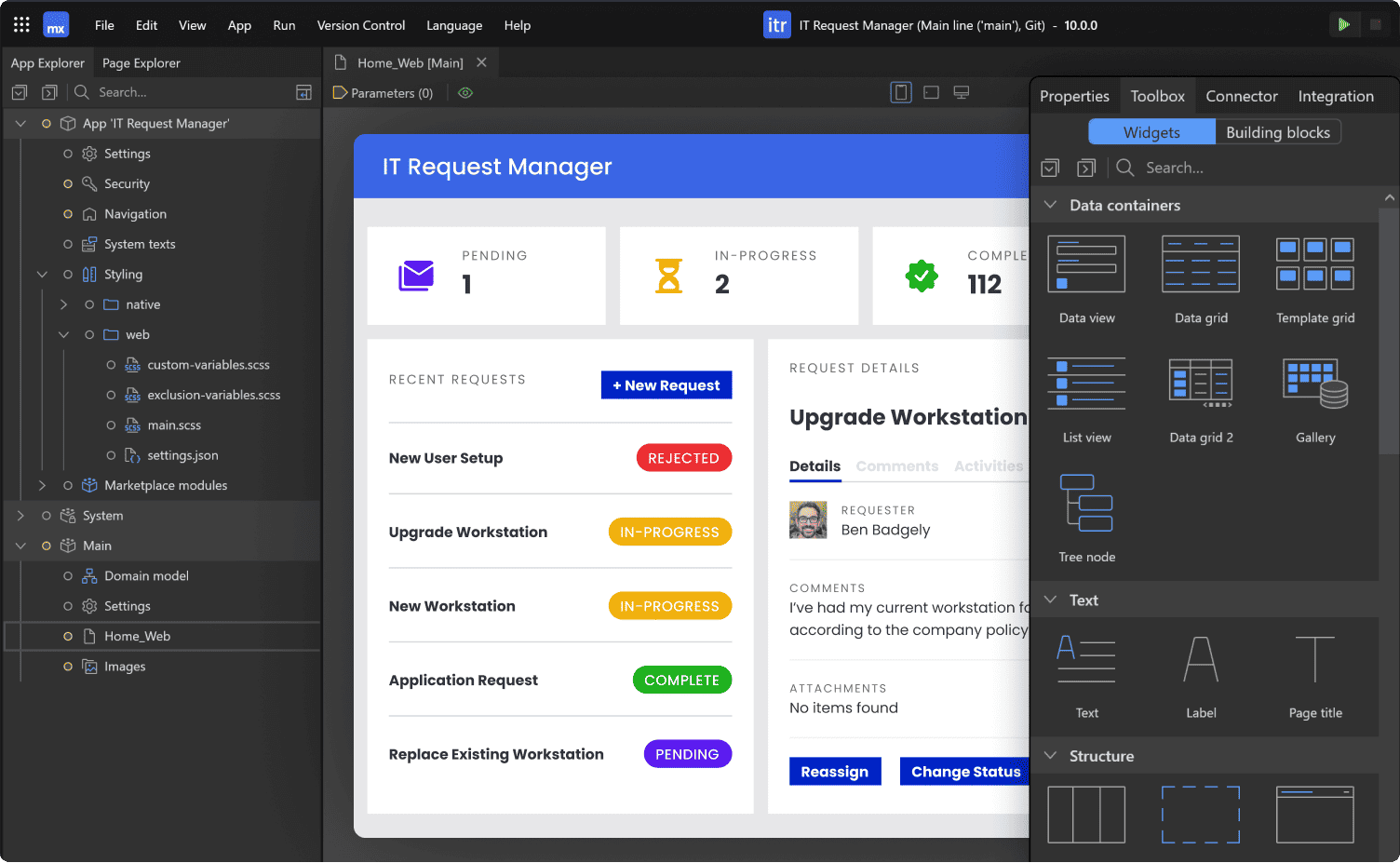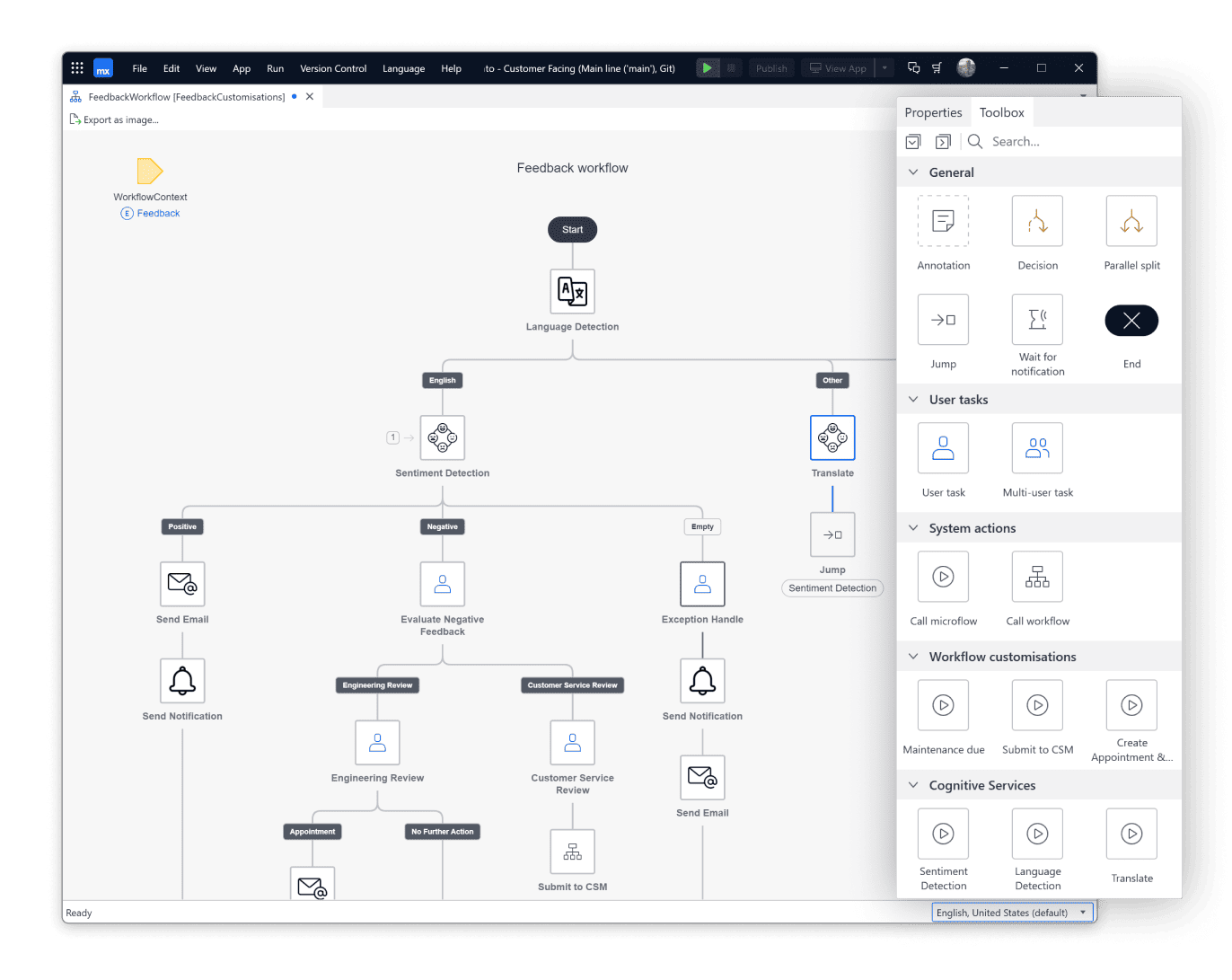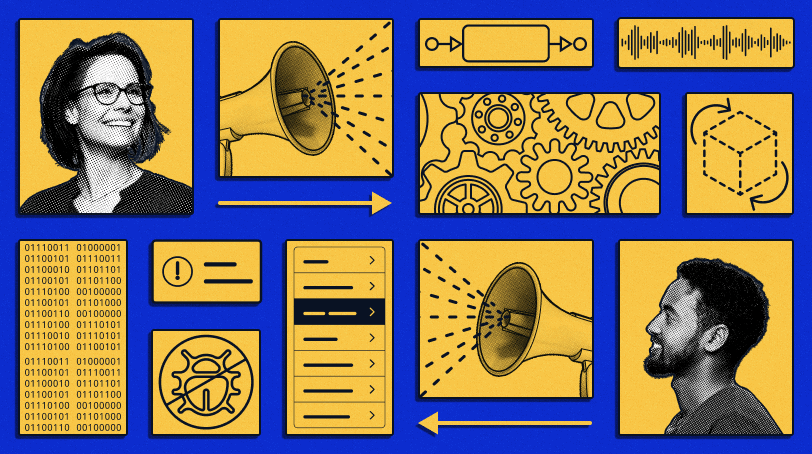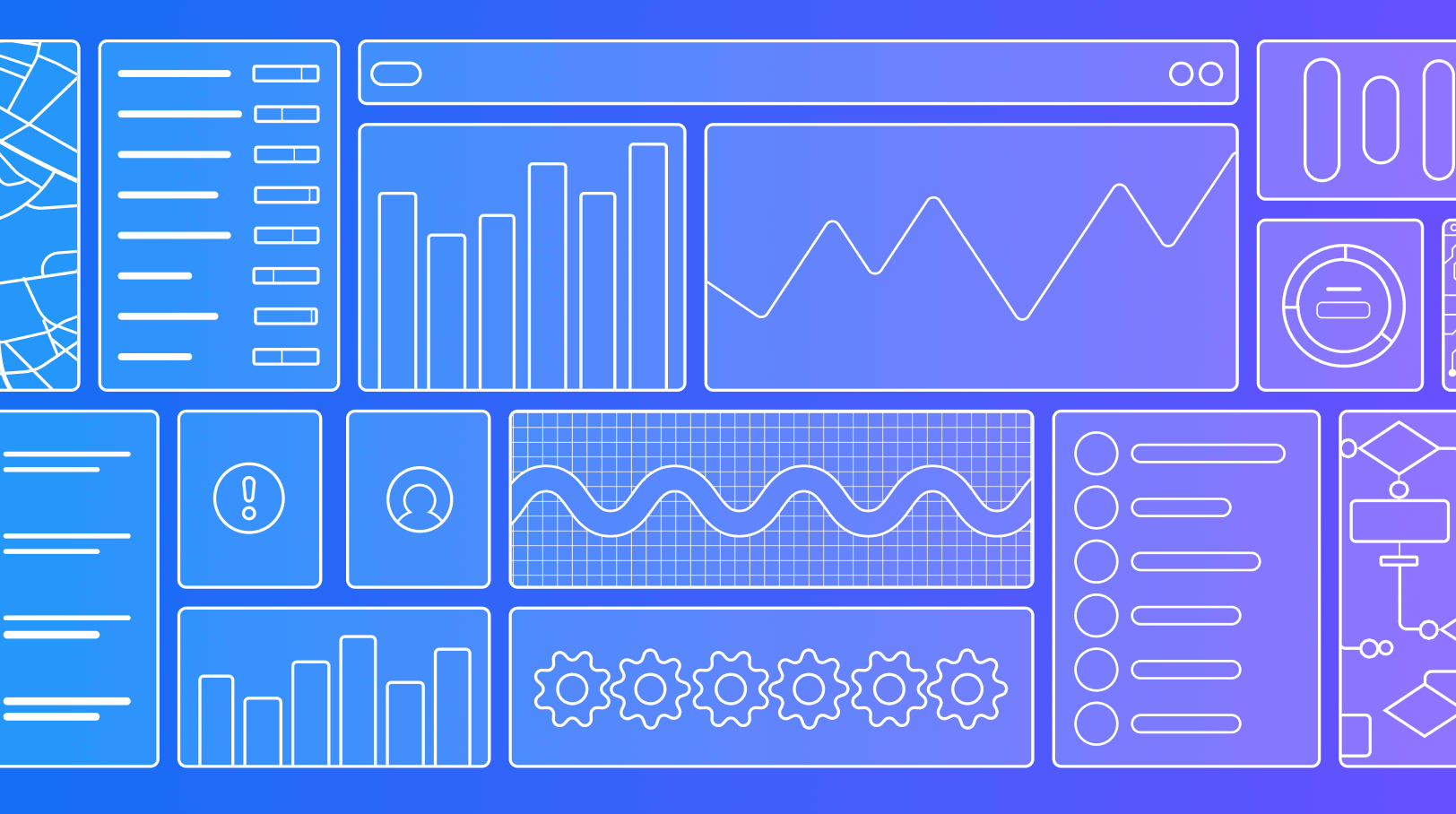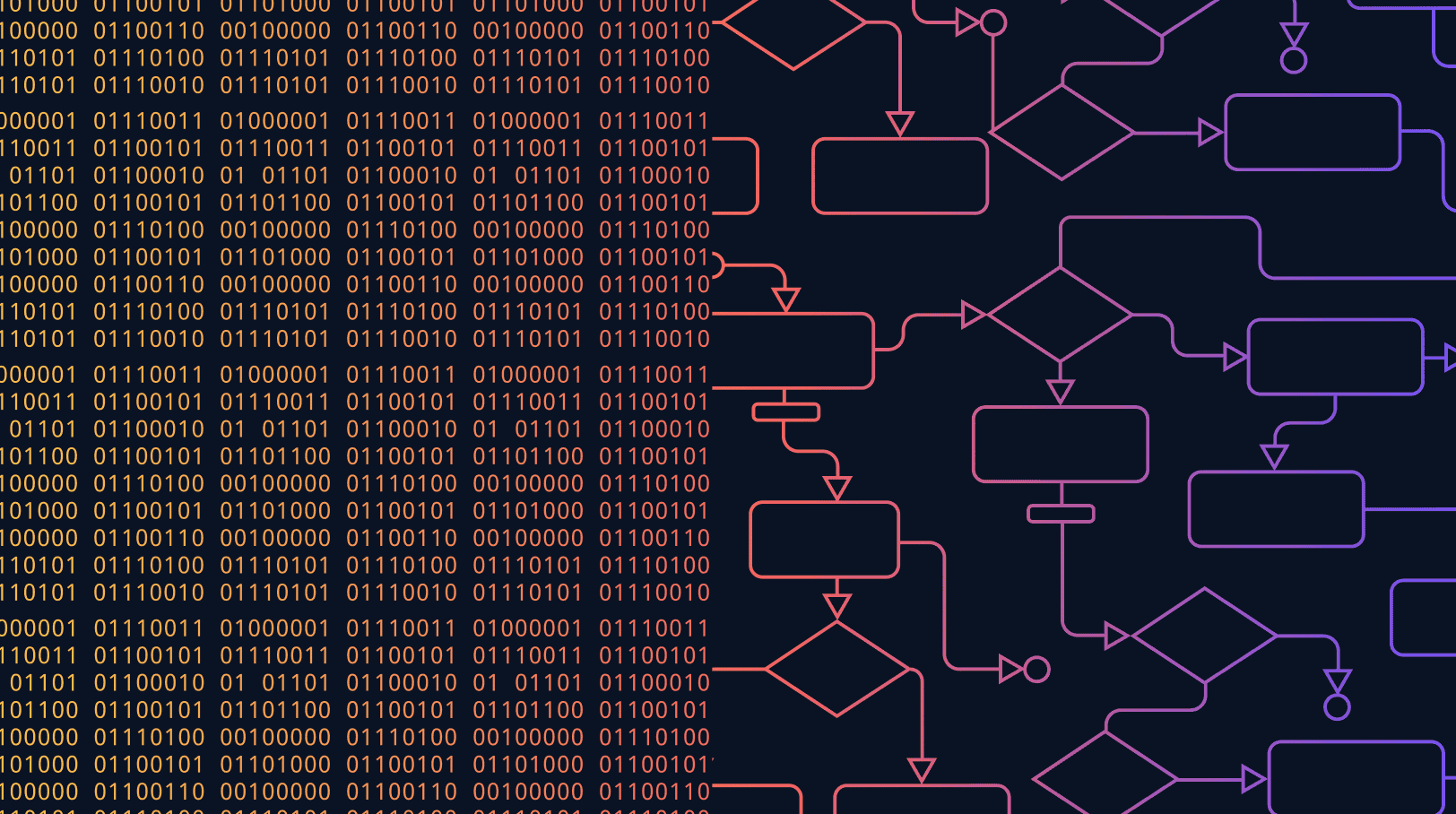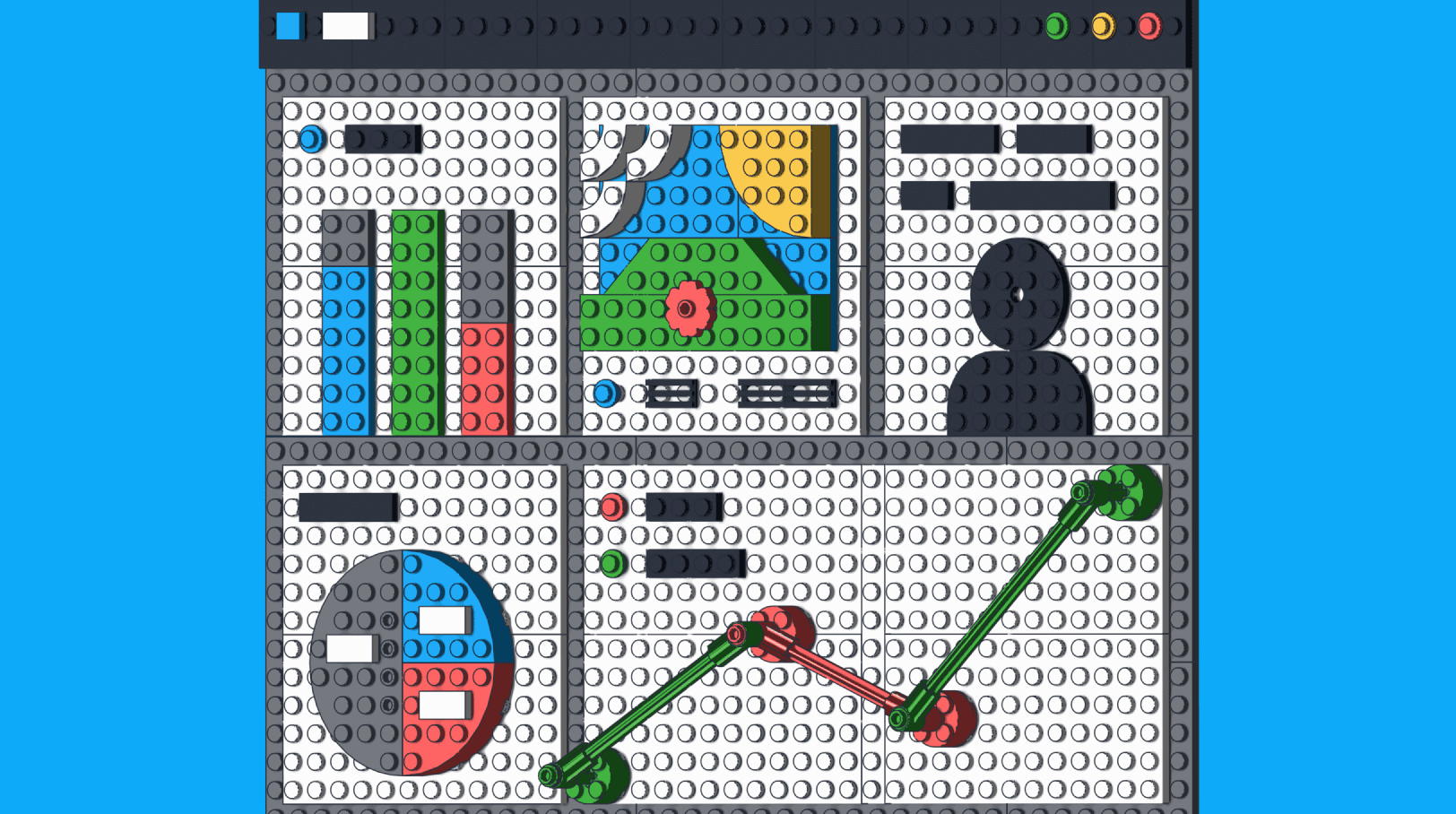

Fast-track software development with the most
comprehensive low-code platform
Model-driven development is the foundation of low-code development.
The Mendix low-code Platform is a model-driven IDE that abstracts the technical aspects of building an application—logic, data model, user interface, etc.—and presents them as visual drag-and-drop components.
Whether you’re a professional developer or a novice, model-driven development helps teams work more efficiently to improve software quality and maintainability.
Drag and drop your way to better applications. Model-driven development with Mendix empowers developers of all skill
sets to design, build, and deliver applications faster using visual models and intuitive development tools.
Phillip Lutz
Siemens Motion Control
Sander Kieft
Senior Director, Architecture, PVH
Mark Bus
Product Owner, ABN AMRO
If we had to identify the most important concept of low-code, it’s model-driven development. Read on to learn what it is and why it's necessary.
What are the biggest benefits of low-code development? Read about low-code development features and the top 5 benefits here.
62% of companies are either using or planning to use microservices. So what are enterprise microservices? And how does low-code fit in?
Learn how software engineers and programmers can thrive with low-code in a model-driven development platform.
Component architecture is a way to build software based on reusable components that can easily be combined and changed. Here's everything you need to know.
Discover the different styles of enterprise application architecture and how they impact software design and development.
Model-driven development is the most important principle of low-code development. It’s a software development methodology that allows teams to visually build complex applications through simplified abstractions of pre-built components.
Under the hood, model-driven development simplifies complexity through abstraction and reduces human-process intervention through automation. The model in model-driven development projects is executable in runtime—instead of being interpreted into code. This allows model-driven development to sidestep common ops and quality issues with code-centric projects.
Compared to other programming methods, model-driven development simplifies and accelerates the development process, which provides the following benefits:
Low-code exists to streamline development and model-driven development is the most important concept of low-code.
The right low-code platform should include everything you need to develop applications visually, including drag-and-drop functionality, collaboration channels, automation, and AI.
Try Mendix for free to experience these tools in a model-driven environment.
Low-code platforms are the best option because they are based on model-driven development best practices. But the platform you select should offer a breadth of other tools and services, including (but not limited to):
Mendix features all the tools teams need to excel with model-driven development. Read more about our Platform features here.
In the world of artificial intelligence (AI) software, there are two primary components: Code and data.
A model-driven approach maintains the same data and prioritizes building, coding, and optimizing models to improve performance. The ultimate goal is to improve the code and model architecture. A data-driven AI strategy focuses on improving data quality, consistency, and governance to deliver accurate and organized applications.
The right approach depends on the goal of your application. Many organizations utilize a hybrid approach that equally prioritizes both the model and data.
Test-driven development refers to a bare-bones approach to application development with a focus on short development cycles. Model-driven development can be used in conjunction with a test-driven approach to application development.
Fill this out and we'll reach out shortly.
